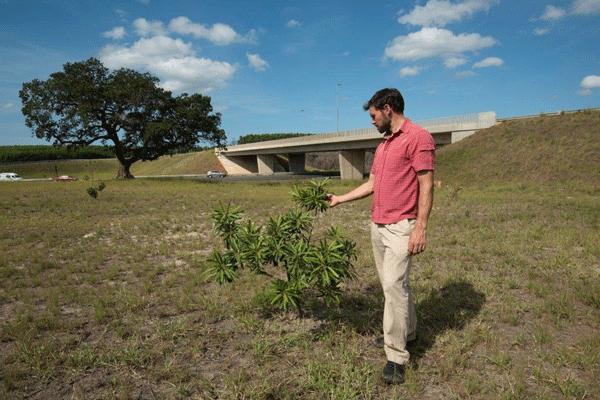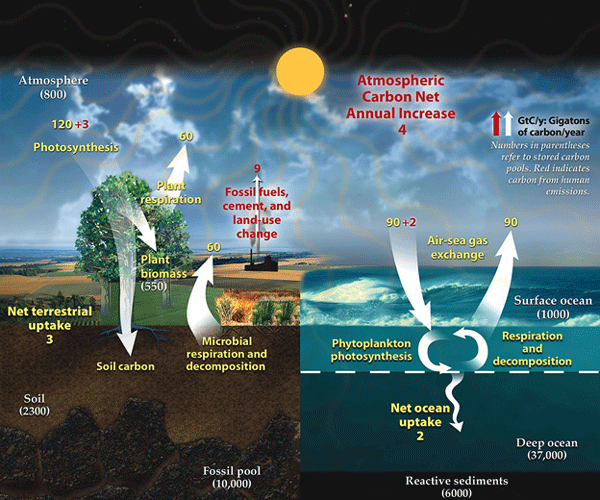
Most of the trees planted to replace those that were disturbed during the construction of the Kwambonambi Interchange in Northern KwaZulu-Natal, are thriving.
During the design development stage, the South African National Roads Agency (SOC) Limited (SANRAL), discovered that the ideal location for the interchange footprint was within a previously thriving wetland catchment.
Minimising impact during construction
There were environmental sensitivities regarding the swamp forest as it was considered to be a rare type of vegetation.
SANRAL saw the new interchange development as an opportunity to revive this swamp forest on the downstream side of the new interchange.
In keeping with SANRAL’s approach to environmental management based on its commitment to enhancing eco-efficiency and identifying and managing or eliminating environmental risks, biodiversity assets at the project site needed to be secured.
In order to minimise the impact of construction on the forest, a botanist selected and marked plants from a range of species in the portion of forest to be removed.
Rare flora saved
About 91 plant species were identified in the forest patch of which 20 were deemed to be rare by the botanist and selected for rescue.
Seedlings and cuttings/truncheons were then collected, bagged and stored at a local nursery for later use in the rehabilitation.
At the outset of construction, the swamp forest patch of two hectares was removed to make way for the construction of the bridge abutment. The trees removed included the protected tree species, Ficus trichopoda, for which the necessary permits were acquired prior to construction.
Over 90 percent of the plant species replanted have survived and are growing very well.
Dumisani Nkabinde, SANRAL Eastern Region Operations & Maintenance Manager, said wetlands play a crucial role in the purification of water, reduce the severity of floods and regulate water especially during droughts.
He said plants/grasslands form part of the biggest natural storage system of carbon dioxide (CO2). Through a process called carbon sequestration, plants act as a vacuum that draws the carbon containing chemicals from the atmosphere and send it to the soil which acts as a storage facility for an indefinite period (see diagram).

Nkabinde said: “When the plants go, these valuable functions disappear. Knowing the importance of wetlands, we got a botanist to survey the plants in the swamp forest to identify which ones to rescue.
“The swamp forest patch was then removed to make way for the construction of the interchange ramp and a number of indigenous trees were removed.
“Rehabilitation involved replacing alien vegetation with indigenous species.”
“At SANRAL we care deeply about the environment and want to preserve it for future generations to enjoy as well.
“While roads infrastructure development is a social and economic necessity, this must not be at the expense of environmental sustainability.
“Therefore, we had to compensate for every tree that we disturbed,” Nkabinde said, adding he was pleased that the rehabilitation project had been a success.
Pleased with the progress
Andrew Booth who was the environmental consultant engaged by SANRAL at the time that the plants were rehabilitated, said he visited the area recently and was pleased to see how well most of the trees had survived.
“In general, the rehabilitation looks to be successful despite the drought.
“The drought resulted in quite a high percentage of trees dying off, but sufficient trees were planted at the outset to ensure that, in the case of drought, some still survived,” he said.
Booth said many companies failed to take all the necessary precautions as laid down in law to ensure the environment is not disturbed.
“During construction of the Kwambonambi Interchange, SANRAL wanted to leave a mark to show the community that not only do they care about making the roads safer but that they also care about the environment as well,” he said.

